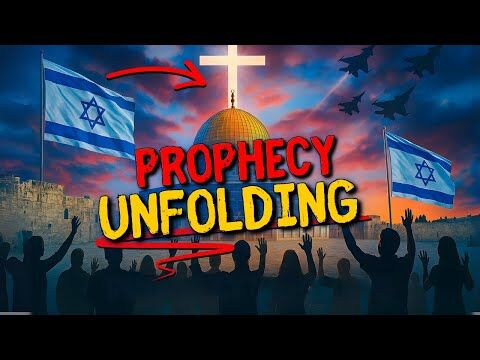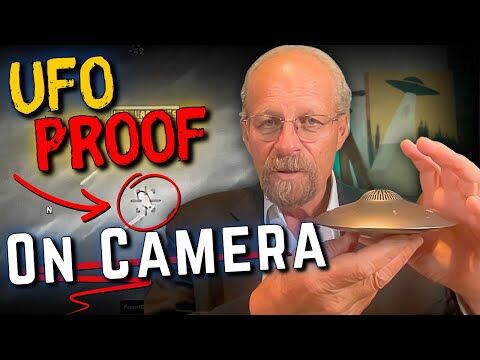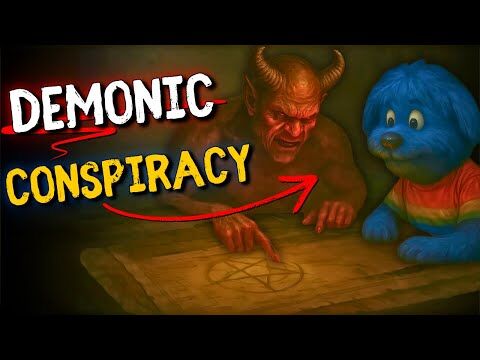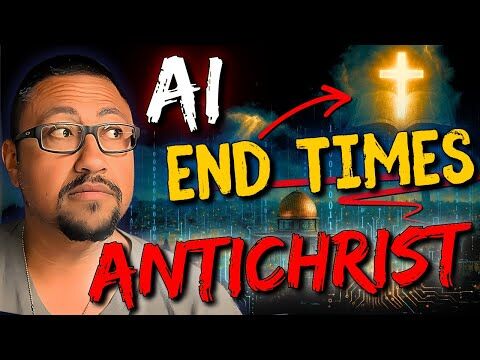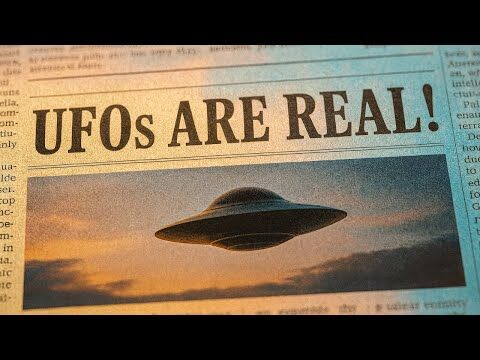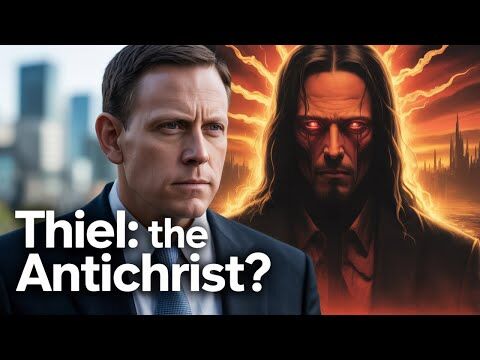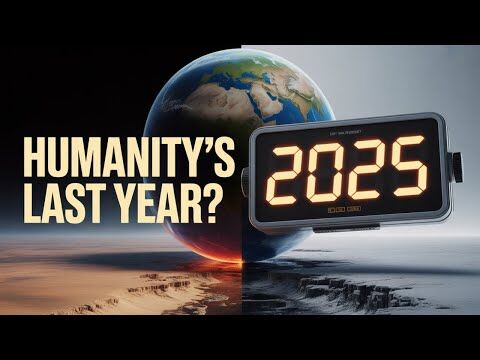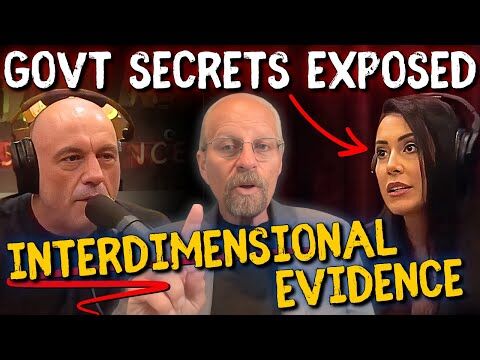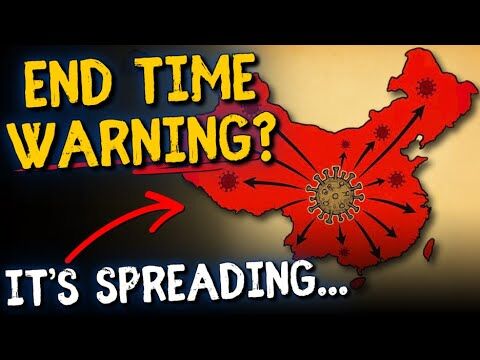Last week, New York Times columnist Ross Douthat wrote a provocative article entitled “Post-Christian Paganism Begins to Emerge” where he sees a new pagan religion beginning to take shape in America.
While 40 percent of Americans now claim to have had a religious awakening, double the number from the 1950s, there has been a splintering of the Christian consensus which prevailed in the 1950s. At the same time, the spiritless secularism that is so prevalent in modern times has not met the spiritual needs which are built into all humans. Douthat sees a new belief system arising which mixes spirituality into a secular world view.
This new spirituality denies a transcendental creator God and proposes that its gods are part of the natural world. The new belief system invites adherents to harmonize, that is, conform, to the world instead of rising above it and imposes no higher law or moral standards. In Douthat’s view, the denial of the transcendental God is why he considers the new spirituality to be pagan.
The new spirituality also invites followers to seek out spirits for aid and communion. We have seen increasing interest in ancient pagan sites like Stonehenge, Angkor Wat, Chitzen Itza and Chaco Canyon, where followers gathered to reestablish the old pagan link to the spirit world. New Age movements like Transcendental Meditation claim that followers can evolve into a higher form of being and become like gods themselves. We call it the godhood religion.
Douthat’s new paganism and its sister, the New Age Movement, are really not new at all. They originated in the Garden of Eden, when our first parents rebelled against God and decided to “be like God” (Gen. 3:5). This rebellion, which brought sin and death to the world (Rom. 5:12), is celebrated in New Age mythology as the discovery of our “luminous and immortal” nature. To the New Age, the serpent is the hero.
Another aspect of the pre-Flood religion was the apparent communion and sexual immortality between humans and the “nephilim,” meaning “fallen ones,” who apparently were demonic beings. The New Age religion also stresses demonic contact and sexual license. This immortality and direct communication with the kingdom of darkness in antediluvian society may explain why it became so utterly wicked (Gen. 6:5).
Thus, the New Age religion is the revival of the ancient godhood religion, which produced such total evil that it brought the judgment of Noah’s flood on mankind (Gen. 6:5-7). Perhaps this is why Jesus compared the times of His Second Coming to the times of Noah (Matt. 24:37-39).
The good news, according to Douthat, is that the New Pagans and New Agers have yet joined to create their new religion. But someday, the Bible says there is one coming who will lead the world astray, following a new religion not followed by his ancestors, worshipping a God of strength, and exalting himself as God (Daniel 11:37). We call him the Antichrist.
We thank God that the Antichrist has not appeared in our generation. Instead we live in the age of the great harvest, when millions are being added to the Kingdom of God.
But the revival of the ancient evil is a sign of the approaching end of the age. We must remain vigilant and take a stand in our time for the generations to follow so that they will not be deceived, loving the world and losing their souls to “post- Christian paganism,” the New Age movement or the darkness coming at the end of the age.
Pray that we will be found faithful in our generation. {eoa}
Ron Allen is a Christian businessman, CPA and author who serves in local, national and international ministries, spreading a message of reconciliation to God, to men and between believers. He is founder of the International Star Bible Society, telling how the heavens declare the glory of God; the Emancipation Network, which helps people escape from financial bondage; and co-founder with his wife, Pat, of Corporate Prayer Resources, dedicated to helping intercessors.












































